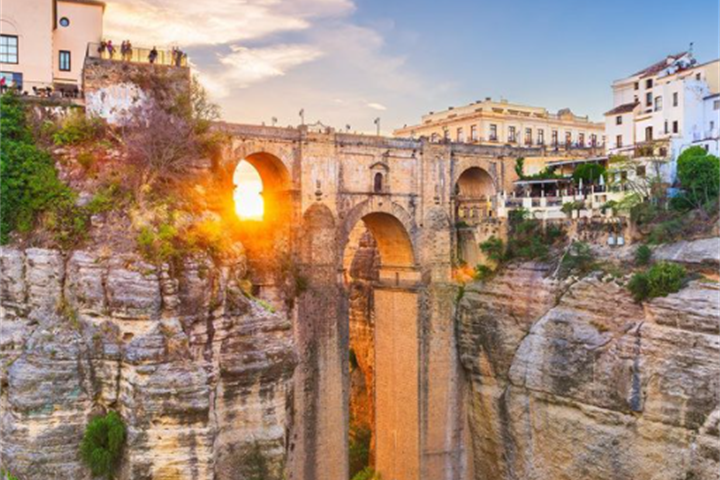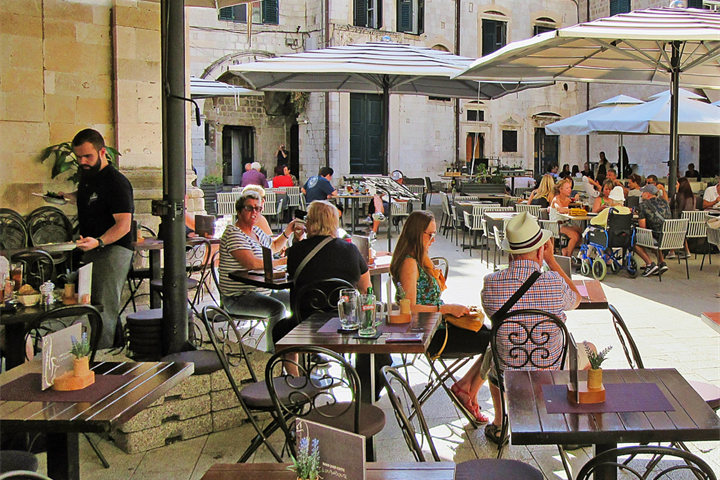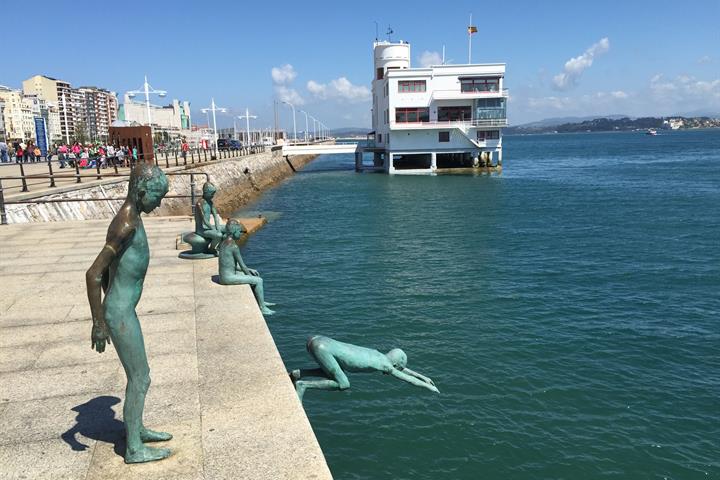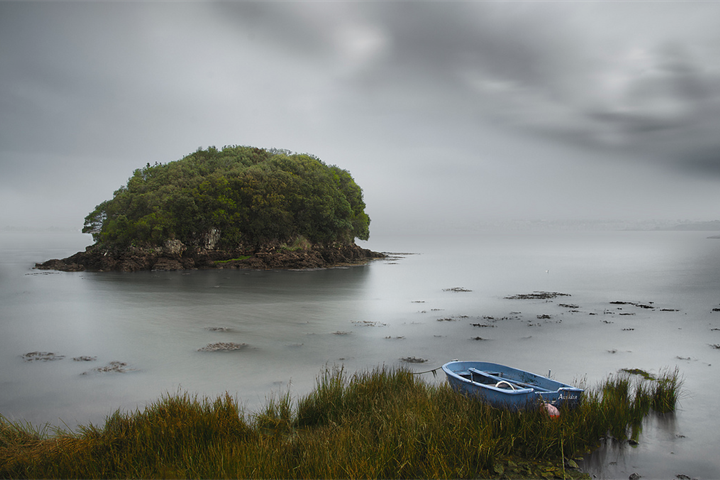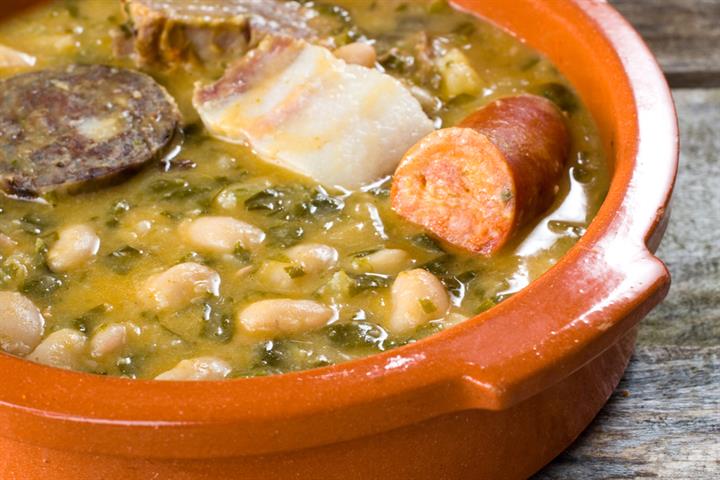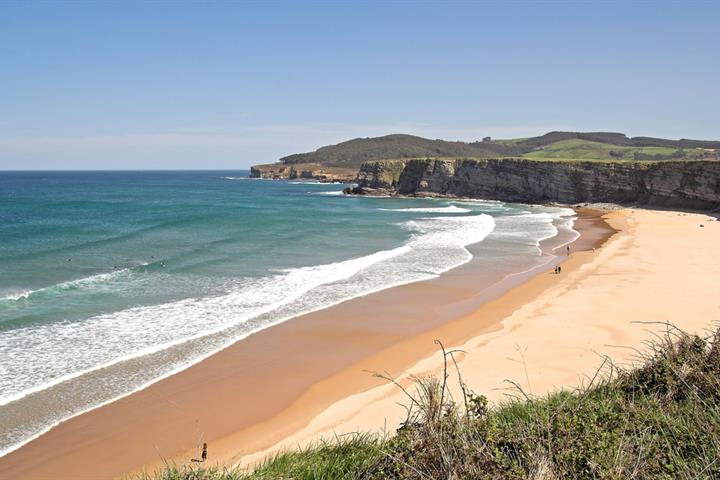Santander travel information and video
Holiday information, facts, photos and video about Santander
Featured holiday homes in Spain
Things to do while you are here
Reviews for Santander
Average overall ratings - Based on 6 reviews.
City
Coast
| City: | |
| Coast: |
Submitted by: Duli
8. Feb 2013
This review is in English
This review is in English
Report abuse
You found this abusive
| City: | |
| Coast: |
Submitted by: Simo
7. Aug 2014
This review is in Italian
This review is in Italian
Report abuse
You found this abusive
| City: | |
| Coast: |
Submitted by: Sven Ehrenberg
6. Oct 2013
This review is in German
This review is in German
Report abuse
You found this abusive
| City: | |
| Coast: |
Submitted by: Begoña
7. Feb 2013
This review is in Spanish
This review is in Spanish
Report abuse
You found this abusive
| City: | |
| Coast: |
Submitted by: PAILLARD Christophe-Alexandre
29. Aug 2011
This review is in French
This review is in French
Report abuse
You found this abusive
| City: | |
| Coast: |
Submitted by: G.B. van der Vlies
26. Aug 2011
This review is in Dutch
This review is in Dutch
Report abuse
You found this abusive
